
Shooting games make up the most popular genre in the industry. According to the Entertainment Software Association, 25.9% of all games sold in 2017 were shooters. But are these games really all one single genre?
How can one genre encompass a range of games including the Far Cry franchise, Left 4 Dead 2, Overwatch, Prey, Counterstrike: Global Offensive, BioShock, and Fortnite. These games all require sharp shooting mechanics, but the similarities end there. Let’s break things down and take a tour through the shooting genre, to compare and contrast the different gaming styles that make up the world of “shooters.”
Story-focused shooter games
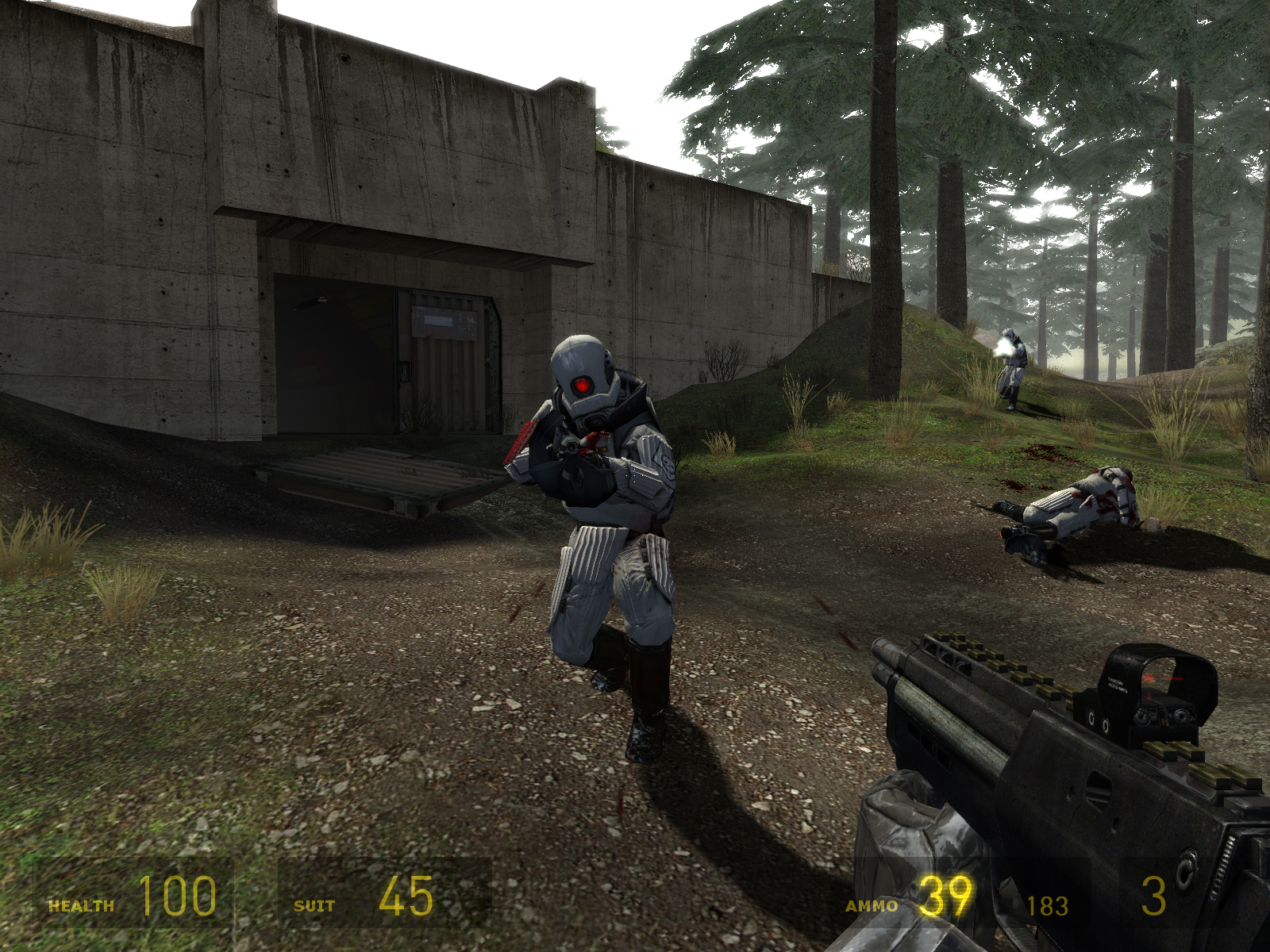
The story-first, single-player corner of the shooting genre includes games like BioShock and its sequels, the contemporary Wolfenstein games, and the Far Cry series. You’re mainly interacting with the world via your firearms (or lightning plasmids or a hand full of bees or whatever) but the story is a large part of the reason you’re showing up. Sometimes these mechanics create ludonarrative dissonance, as in BioShock Infinite, and in some cases it manages to bake all the violence right into the plot and themes, as in Spec Ops: The Line.
Single-player games are also balanced in a different way than multiplayer games. In a game like BioShock, you are encouraged to break the game in the way that feels most awesome to you. Think about the common electro-wrench combo. You can use your plasmids to stun your enemy, preventing action and movement, allowing you to kill with a wrench. Throughout the game, you can enhance this combo – extending your stun time and improving your wrench skill – making it even more overpowered in order to deal with an increasingly intense level of threat. This is a difficult balance to strike, with many story-oriented FPS games becoming far too easy in the last third of their single-player campaign.
This sort of thing would never fly in a multiplayer game, because it wouldn’t be fun for your opponent. Think about it – a single shot can stun you for multiple seconds, and then your opponent can take their sweet time beating you to death? Multiplayer games with similar mechanics have much shorter stun times, requiring a much higher skill threshold and setup to use effectively – think McCree’s flashbang / fan the hammer combo in Overwatch. His flashbang stun is extremely short, thus requiring high accuracy and good setup to take full advantage of.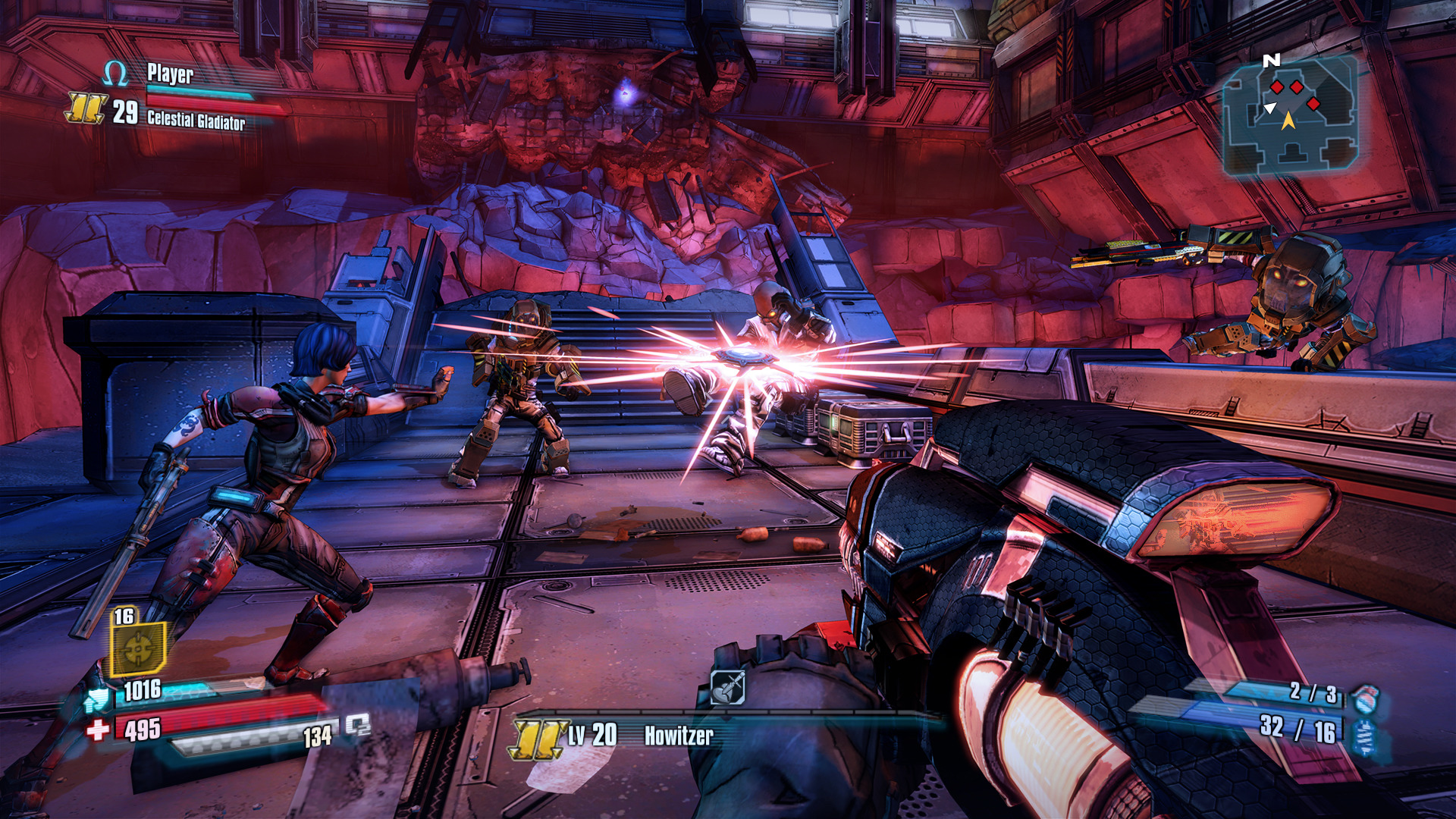
There’s also a sub-sub-genre in the story-focused shooter world that includes hybrid RPGs like the Borderlands and Destiny series. These games are designed with replayability, random loot drops, and co-op play in mind. This genre often handles the late game the best, with an arithmetic increase in character power, loot value, and enemy threat. Players join together to take on a world full of enemies, advancing in power and skill together. Skill and power gaps between players and weapons are less important, because players are on the same side.
Story-based FPS games often see the most graphical improvements from year to year, selling you on beautiful environments and character models. Immersion, spectacle, and visual splendor are key to this style of shooter game. Developers are often aiming to create a world that players can get lost in.
Multiplayer Shooters
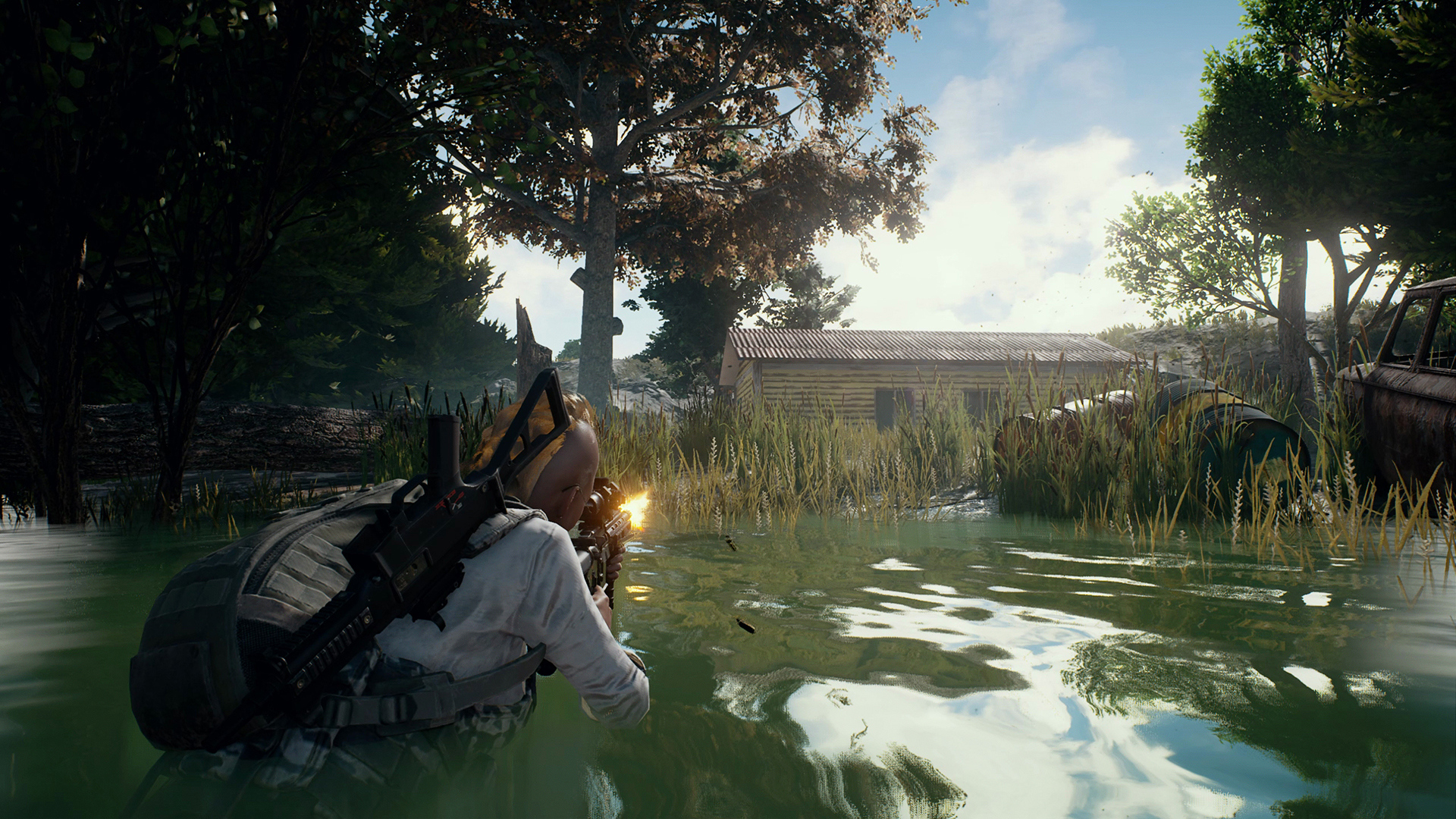 In contrast to single-player experiences, multiplayer shooters require well-balanced mechanics, interesting game modes, inventive maps, and a massive and steady base of players. Players want to boot up the game and hop into a match immediately. If they can’t, a game will be declared dead. Sales numbers that might count as a modest success for a story-focused FPS would represent a quick, painful failure for a multiplayer FPS.
In contrast to single-player experiences, multiplayer shooters require well-balanced mechanics, interesting game modes, inventive maps, and a massive and steady base of players. Players want to boot up the game and hop into a match immediately. If they can’t, a game will be declared dead. Sales numbers that might count as a modest success for a story-focused FPS would represent a quick, painful failure for a multiplayer FPS.
To keep the playerbase large, system requirements for multiplayer shooting games are often much less harsh than you’d see on this year’s hot new single-player shooter. This doesn’t mean that a multiplayer shooter can’t be beautiful – they can be and often are – but the cost of entry needs to stay low to ensure the largest playerbase. It’s nice for your game to efficiently scale up to 4K/60fps, but to be successful it must be playable on an older Intel i5 with last year’s mid-range GPU.
Setting, plot, themes, and any sort of narrative cohesion take a backseat to enjoyable multiplayer combat. Players still try to break the game the way they would in a single-player FPS campaign, but if they find something seriously unbalanced, there’s a chance that it was unintentional and will be patched out at some point.
Competitive Multiplayer Shooters
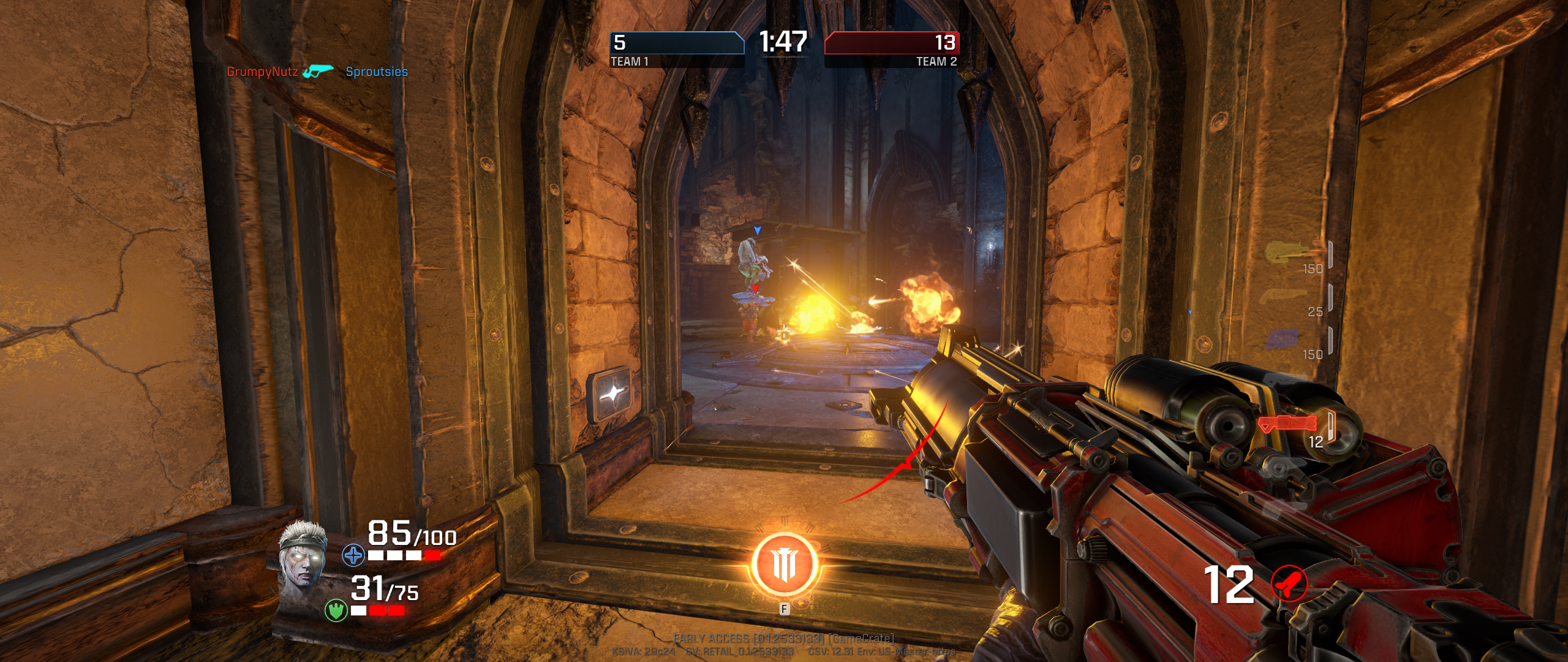 For a long time this was the category that defined “shooters” for many people, but they aren’t quite as dominant and ubiquitous as they once were. This subgenre includes fast-paced shooters like Quake and Unreal Tournament as well as military shooters like the Battlefield and Call of Duty series. Some form of deathmatch is often the most popular mode here, and winning revolves around keeping your kill/death ratio positive. Could you imagine if victory at BioShock was determined by your kill/death ratio? Fontaine would’ve laughed me out of Rapture.
For a long time this was the category that defined “shooters” for many people, but they aren’t quite as dominant and ubiquitous as they once were. This subgenre includes fast-paced shooters like Quake and Unreal Tournament as well as military shooters like the Battlefield and Call of Duty series. Some form of deathmatch is often the most popular mode here, and winning revolves around keeping your kill/death ratio positive. Could you imagine if victory at BioShock was determined by your kill/death ratio? Fontaine would’ve laughed me out of Rapture.
Shooters like Quake and Unreal Tournament are defined by their extremely rapid gameplay, based around tremendously fast reflexes and deep map knowledge. As the FPS genre became more popular on consoles, gameplay slowed down immensely, focusing around military-shooter style ADS mechanics to allow accurate shooting with dual analog sticks.
Competitive Team Shooters 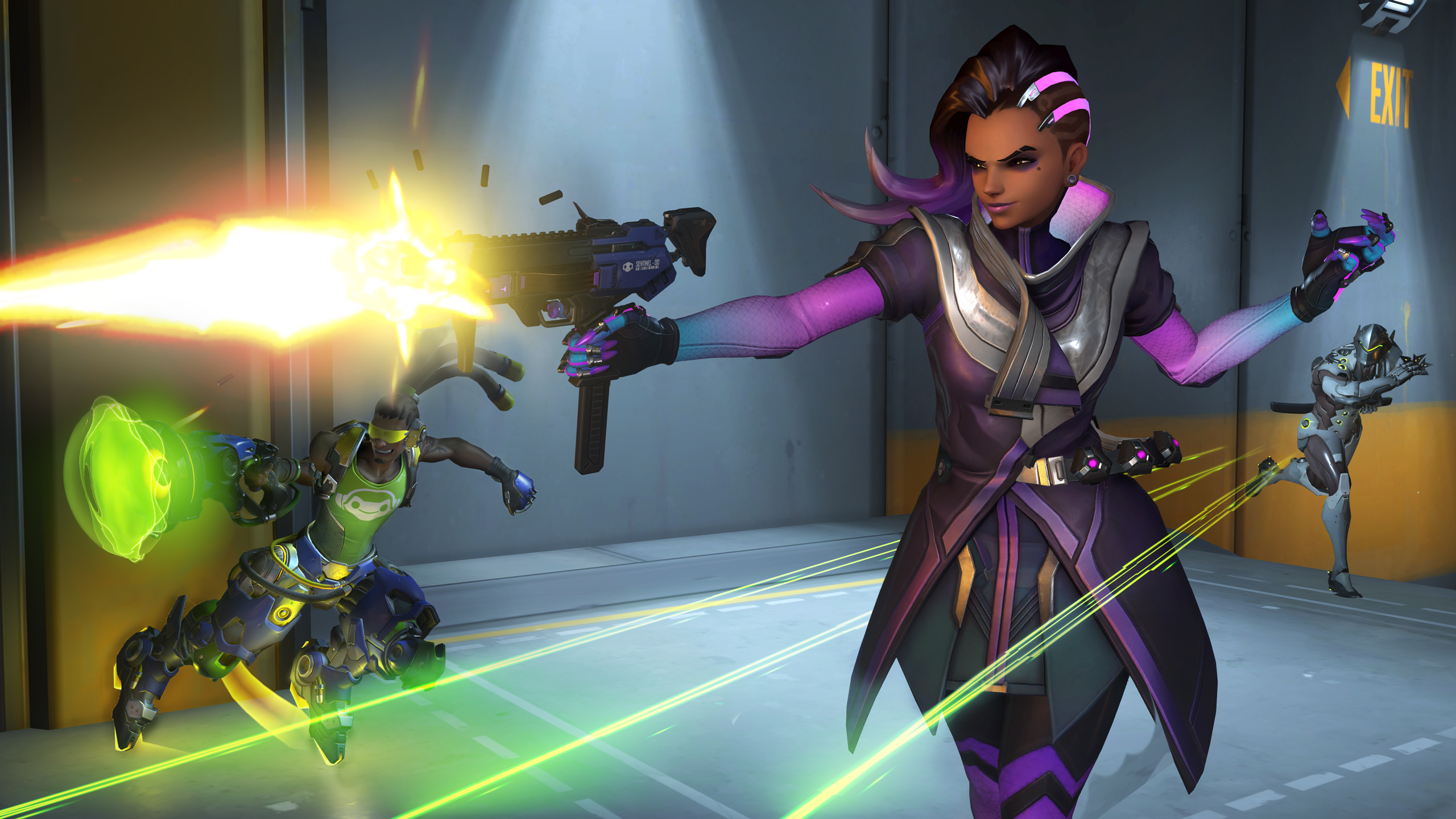
Team-based arcade shooters like Overwatch and Team Fortress 2 are designed specifically to empower team players. While an extremely skilled tank or DPS character can carry a team, they usually won’t do it by wandering off alone and disregarding their teammates.
Objective-focused play is key, and landing kills alone won’t ensure victory. This is the opposite of many traditional multiplayer shooters, which use kill-streaks / score-streaks to ensure that the most dominant player doesn’t just remain dominant, but can carry a whole team just by killing a bunch of people.
This subgenre, and Overwatch in particular, owes a great deal to the MOBA genre. Each character is part of a more cohesive whole, and team composition is a huge element of gameplay. You can’t just pile a bunch of DPS characters into a van, drive them to the Temple of Anubis, and expect to win.
Battle Royale Shooters
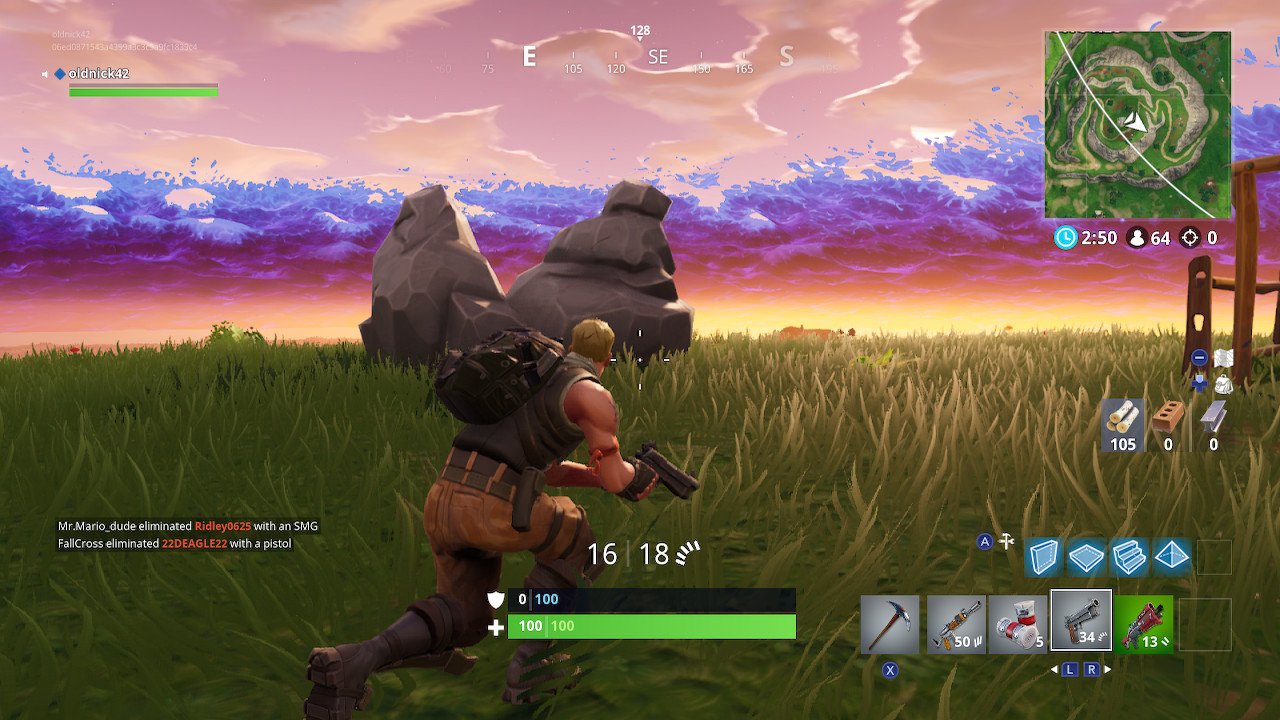 This is the red hot subgenre of the moment, with copycat games attempting to ride the coattails of Fortnite and PUBG. In an emulation of the Japanese novel of the same name, players parachute onto an island, gather items and weapons, and attempt to be the last (wo)man standing.
This is the red hot subgenre of the moment, with copycat games attempting to ride the coattails of Fortnite and PUBG. In an emulation of the Japanese novel of the same name, players parachute onto an island, gather items and weapons, and attempt to be the last (wo)man standing.
Many battle royale games are played in third-person, rather than first-person, to make it easier for players to keep track of the world around them. Battle Royale games focus on large matches (often consisting of 100 players) with no re-spawning, and survival is more important than the number of kills you get. Stealth, enemy awareness, and knowledge of both the maps and the gear you come across are the main factors that determine success in this subgenre.
The art style and gameplay nuances of particular titles help determine where they land on the spectrum between military or arcade shooter. Fortnite looks and feels more like an arcade shooter had a baby with Fallout 4’s settlement system, while PUBG looks like what happens after Call of Duty binges the Hunger Games.
How shooter subgenres blend and evolve
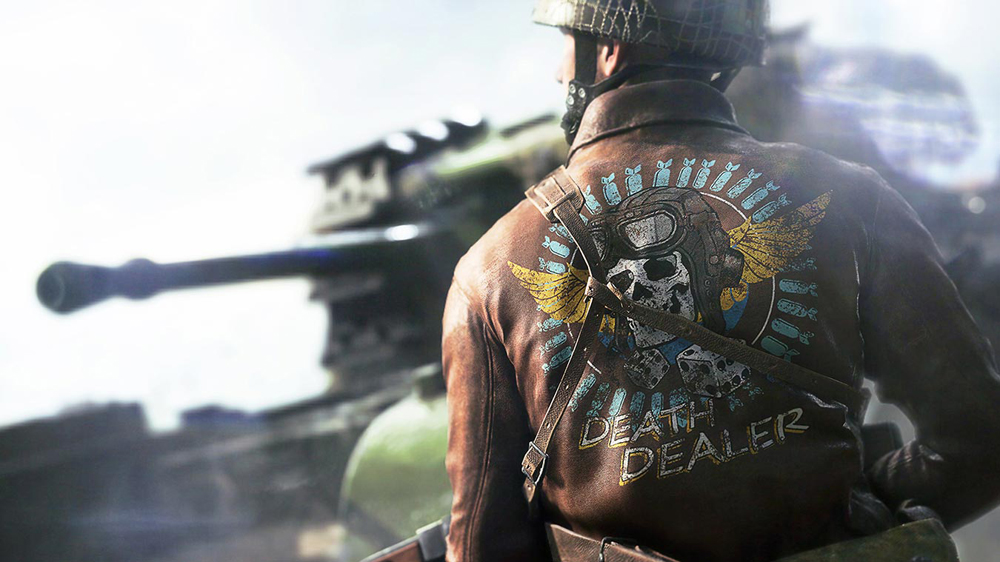 All of these subgenres have borrowed from one another at some point. Character advancement in single-player campaigns paved the way for the perk system of Call of Duty. Twitch shooters like Quake Champions now include characters with unique abilities rather than allowing all characters to be faceless and fungible, as remains standard in the new pre-alpha of Unreal Tournament.
All of these subgenres have borrowed from one another at some point. Character advancement in single-player campaigns paved the way for the perk system of Call of Duty. Twitch shooters like Quake Champions now include characters with unique abilities rather than allowing all characters to be faceless and fungible, as remains standard in the new pre-alpha of Unreal Tournament.
Some of the breakout hits of the last few years involved borrowing from existing game genres. As mentioned, Overwatch owes a great deal to the MOBA genre. Fortnite includes the sort of harvesting and crafting popularized by Minecraft and its ilk. And all FPS progression systems owe a massive debt to RPGs.
While different audiences will always like different things, I enjoy the constant blending of genres, mechanics, and ideas we see in the massive, sprawling world of “shooters”. Given the success of Overwatch and then Fortnite, it seems like this conjunctional game design, bringing together different ideas into a single polished package, is the way to create a hit.
As always, I look forward to the future and can’t wait to play whatever comes next.
For more gaming stories like this, visit GameCrate.com.

